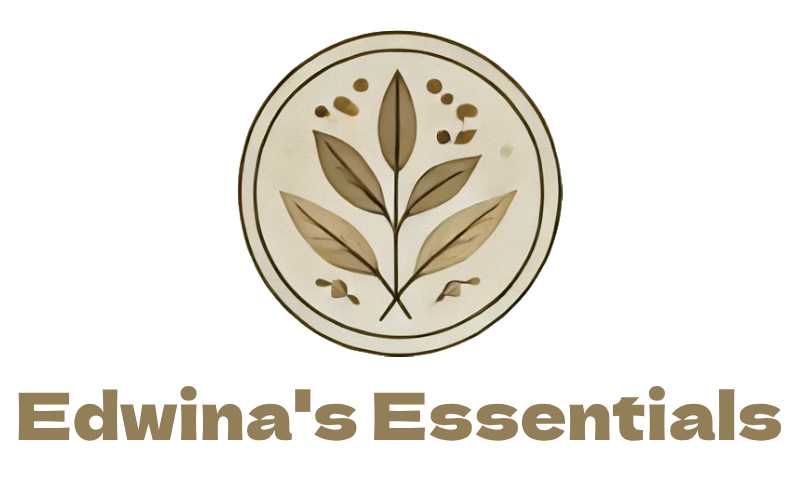Pet owners are often faced with the challenge of choosing the best diet for their furry companions. While kibble has been the go-to option for decades due to its convenience and affordability, raw feeding has gained popularity as a more natural and species-appropriate alternative. Both diets have their benefits and drawbacks, and the right choice depends on factors like your pet’s health, lifestyle, and individual needs. Understanding how each diet impacts your pet’s overall well-being is crucial before making a decision.
The Benefits and Risks of a Raw Diet
A raw diet typically consists of uncooked meat, bones, organs, and sometimes fruits and vegetables. Advocates believe this closely mimics the natural diet of wild ancestors, leading to improved digestion, healthier skin, shinier coats, and stronger teeth. The high moisture content in raw food also helps with hydration, particularly beneficial for cats, who often don’t drink enough water.
However, raw feeding comes with potential risks. Handling raw meat requires careful food safety practices to prevent bacterial contamination, both for the pet and its owner. Additionally, balancing a raw diet properly is crucial, as nutritional deficiencies or excesses can lead to long-term health issues. Without careful planning, pets may lack essential nutrients like calcium, taurine, or fatty acids, which are necessary for optimal health.
Why Many Pet Owners Choose Kibble
Kibble remains the most widely used pet food due to its affordability, ease of storage, and long shelf life. Commercial pet food manufacturers formulate kibble to meet nutritional standards, ensuring pets receive a balanced diet. Many formulas are enriched with vitamins, minerals, and probiotics to support digestion, immune function, and coat health.
Despite its convenience, kibble has drawbacks. Many brands use high-temperature processing, which can reduce the natural nutritional value of ingredients. Some contain fillers, artificial preservatives, and low-quality protein sources that may contribute to allergies, obesity, or digestive issues. Additionally, kibble’s low moisture content can lead to dehydration in some pets, particularly cats who instinctively get most of their water from food.
Factors to Consider When Choosing a Diet
Every pet is different, and the best diet depends on factors such as age, activity level, and underlying health conditions. Some pets thrive on raw food, showing increased energy and improved digestion, while others may struggle with the transition and experience stomach upset. For busy pet owners, kibble may be the better option due to its convenience and consistency.
If considering raw feeding, consulting a veterinarian or pet nutritionist is essential to ensure a balanced and safe diet. High-quality commercial raw diets offer a more controlled approach, eliminating the guesswork of home-prepared meals. For kibble-fed pets, choosing brands with high-quality ingredients and minimal fillers can improve overall health.
Conclusion
Both raw and kibble diets have their pros and cons, and the best choice depends on your pet’s specific needs and your ability to provide a balanced diet. Raw food offers a more natural approach but requires careful planning and handling, while kibble is convenient and nutritionally complete but may contain processed ingredients. Whether feeding raw, kibble, or a combination of both, prioritizing high-quality nutrition will support your pet’s long-term health and well-being.

